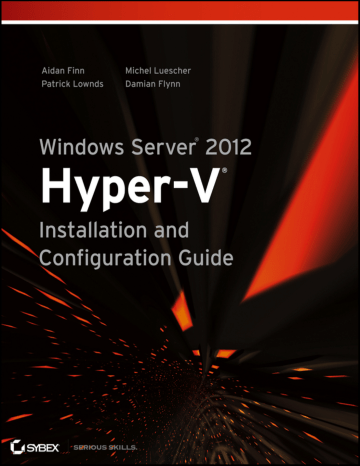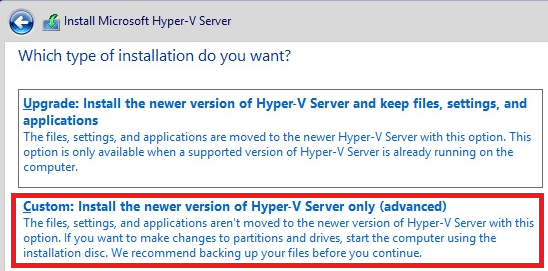

- #How to install freepbx hyper v 2012 r2 how to
- #How to install freepbx hyper v 2012 r2 license
- #How to install freepbx hyper v 2012 r2 windows
Having 6 CSVs is also a valid configuration, which will help with rebalancing when one of the nodes is down for maintenanceīut what if Someone forget this 8 node rule and just build a 64 node cluster and put a SOFS on top of this. For instance, for a 3-node Scale-Out File Server, you should have at least 3 CSVs.

You should have at least as many CSVs as you have file server cluster nodes.
#How to install freepbx hyper v 2012 r2 windows
Failover clusters in Windows Server 2012 provide the following foundational features that support this type of file server: Scale-Out File Servers can host continuously available and scalable storage by using the SMB 3.0 protocol.
#How to install freepbx hyper v 2012 r2 how to
Below Is a small brain dump of my SOFS and not completely out off the box ( demo usage only ) There are already somany blog post about how to setup a SOFS so I skip this here and give you only the reminders on what to think about if you do Next ,Next, Close. And Microsoft does only support up to 8 nodes per file server cluster !
#How to install freepbx hyper v 2012 r2 license
It's all transparent to the tenant, though the data center admins can manage and track VM license usage.In the Windows server 2012 R2 you can build a Scale-out file server. This is great for service providers because they don't have to give tenants a product key or access their VMs to put one in and activate it. The VMs are activated and will work even if migrated to other virtualization servers. Automatic virtual machine activation: This capability allows you to install VMs on a Windows Server 2012 R2 Data Center server without having to worry about managing product keys.Enhanced session mode: This provides for the redirection of local resources in a VM connection session, thus giving admins more functionality when connecting to a VM through Remote Desktop Connection (such as to displays, audio, printers, the Clipboard, drives, USB devices, and supported Plug and Play devices) through the VM connection.And you have to decide on the generation you want for your VM when you create it - you can't change it later. But before you leap for joy at the cool, new features, you should know there are limitations with the OSes supported for Gen 2: It supports only guest OSes running Windows Server 2012, Windows Server 2012 R2, 64-bit Windows 8, or 64-bit Windows 8.1.

Gen 2 brings with it the ability to have secure boot, to boot from a SCSI virtual hard disk or DVD, and to PXE-boot using a standard network adapter, as well as UEFI firmware support. Gen 1 is the same as what you've known in previous Hyper-V versions.


 0 kommentar(er)
0 kommentar(er)
